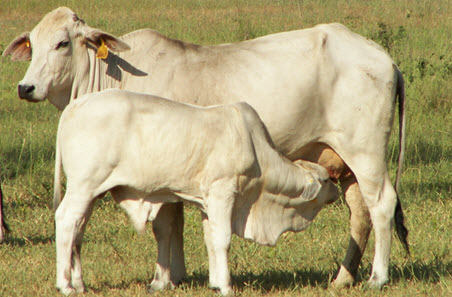
Native pastures
In many regions of Australia, native pastures, including grasses, shrubs and forbs, are the predominant feedbase for livestock grazing.
Native pastures are a low-input feed source that play an important role in supporting livestock production, land condition and the health of ecosystems.
The key to their long-term sustainability is to recognise and manage the requirements of ‘3P’ (palatable, perennial and productive) grasses and employ grazing strategies that encourage and maintain their productivity.
This includes:
- understanding how grasses, trees, soils, grazing animals and climate affect each other
- following evidence-based, practical guidelines (e.g. around stocking intensity, rest periods, weed/pest control and grazing management)
- monitoring changes (even if gradual) in the pastures and adjusting management accordingly.
Beef Extension Officer, Olivia Pisani, formerly Department of Agriculture and Fisheries, outlines how photo monitoring can assist graziers with grazing land management decisions and how to select and set up photo monitoring sites.
Indicators of healthy native pasture
Well-managed and productive native pasture may look different across regions, but is generally characterised by:
- a high content (>50%) of desirable 3P native species
- ground cover maintained higher than 70% and dry matter levels maintained at >2t DM/ha (land in A or B condition)
- 18–20 handfuls of mulch (litter)/m2 with little standing dry matter
- legume content <20%
- a management plan that outlines grazing and spelling periods to maintain and enhance desirable species and diversity
- fencing and water points to manage grazing.
Keys to success with native pastures
- Learn to identify native pasture species.
- Understand the ecology, growth pattern and life cycle of the key native pasture species.
- Aim to graze (and fertilise) to maintain desirable native species. For less desirable species, such as wiregrass and spear grasses, consider using grazing and fire management strategies to reduce their presence in the pasture.
- Subdivide paddocks into areas of relatively uniform topography, aspect and pasture type and condition to allow greater control of the impacts of grazing on pasture composition.
- Use flexible, tactical grazing systems and fire to control weeds and annual grasses during early spring and encourage desirable perennial native species to set seed during late spring/early summer.
- In southern Australia, spell (rest) native pastures during autumn and increase ground cover to reduce clover and weed establishment and increase the competitiveness of the native grasses.
- In northern Australia, spell (rest) native pastures over the wet season to maintain or improve land condition, and increase dry matter production.
- Maintain at least 70% ground cover to protect the soil against excessive water loss by run-off, evaporation from the soil surface, erosion and reduce establishment of annual and broadleaf weed species.
- If your property is dominated by native pasture, consider different enterprise mixes for different paddocks where livestock requirements match the seasonal differences in pasture quality and quantity.






